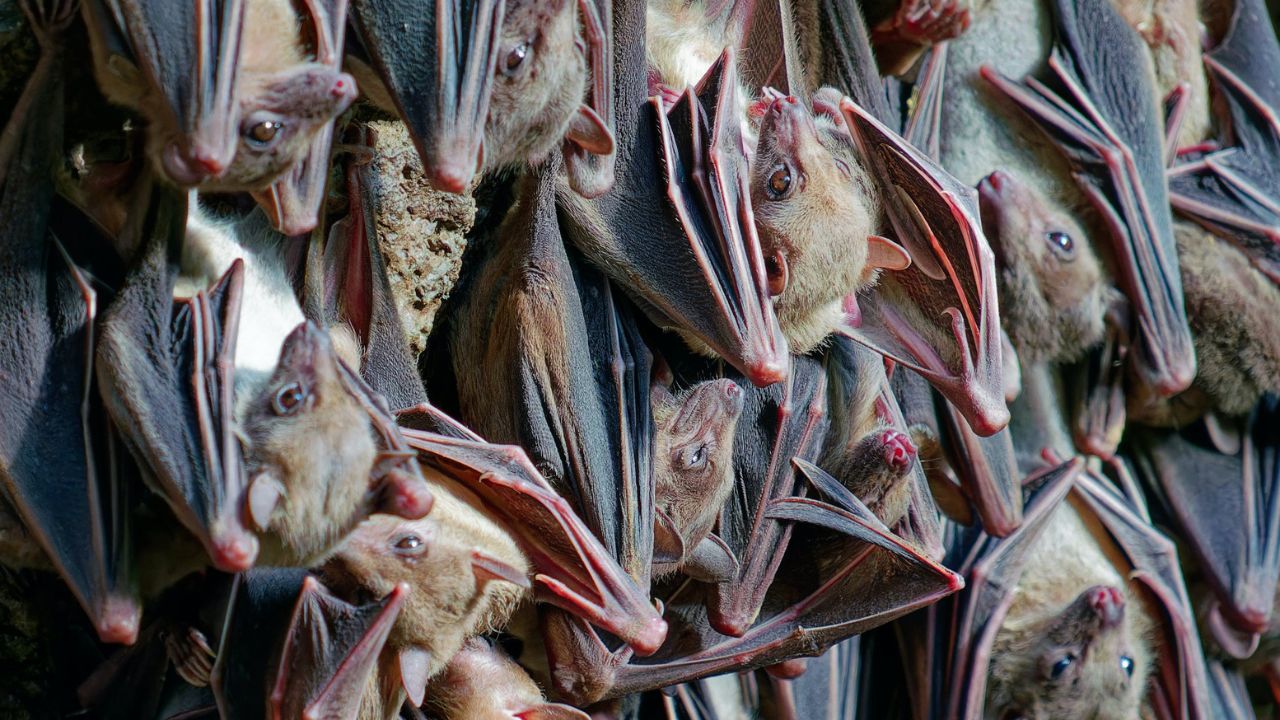Learn
First published in Cottonwood Journal Extra on 10-23-23. Written by Nancy Steele.
On a hot August night in 2019, I had a date to meet some of Arizona’s spookiest residents. This was my idea of Friday night fun!
I was all alone on my way to my creepy adventure. As I drove through north Scottsdale, my app directed me onto a dirt road. This didn’t look good! As I drove down a long, deserted, bumpy road in my low-slung car, it felt like a perfect setting for a Halloween movie!
Eventually it dawned on me that I was driving through the farm fields of the Fort McDowell Yavapai Tribal lands. My anxiety level slowly dropped as I started enjoying the drive through the green landscape.
I exited the farm and eventually arrived at Needle Rock Recreation Area. Who would be in this park on a hot August evening? Who indeed? Bat lovers!
I had accepted an invitation from Arizona Fish & Game (costing $25) for a special night of bat monitoring along the Verde River.
As 7 pm approached, a group of some fifteen people assembled, joining the ten or so Arizona Game & Fish Department volunteers and biologists. Randy was in charge. He had recently retired from AZGFD but was volunteering that night.
We, the paying public, weren’t going to handle any bats. Phew! All volunteer bat handlers had to go through a complete series of pre-exposure shots of the rabies vaccine.
You might remember with horror hearing about the series of 17 painful shots in the stomach for a rabies exposure. I narrowly avoided getting rabies shots when I was very young after I was bitten by a dog. Hoping to avoid subjecting me to the painful shots, my parents decided to wait and watch the dog for symptoms. Fortunately, the dog didn’t have rabies.
But today, future bat researchers only need to get two shots, 17 days apart, with booster vaccines as needed. I’m told they don’t hurt any more than any other vaccine.
Bats are flying mammals of the order Chiroptera. Chiroptera is a word that is derived from Greek and means “hand wing,” because their wings are literally hands covered by a membrane. Bats use echolocation to find their prey. They are the only types of mammals that have evolved powered flight.
One in every five types of mammals is a bat. Many bats feed on fruit, nectar, or pollen, and some pollinate flowers. I have heard of bats emptying hummingbird feeders overnight! But most bats, especially in North America, eat insects, like moths, beetles, flies, and mosquitos. Each bat can eat up to its body weight in insects each night. Some bats hibernate over winter and others migrate, flying south for the winter like birds.
But wait, you say! What about vampire bats? There are only three species of bats that drink blood, and two of them feed only from birds. The Common Vampire Bat is tiny, weighing one ounce. The body is about 2 inches long and the wingspan is about eight inches. You will find Common Vampire Bats only in northern Mexico and parts of Central and South America. They feed by nipping a small piece of flesh, usually on a sleeping cow, pig, or horse. An anticoagulant in their saliva keeps the blood flowing. A bat only needs about two tablespoons of blood a night. Here in Arizona, you have nothing to fear from vampire bats!
While Randy was talking, the skilled bat volunteers were setting up mist nets along the Verde River. The first bats started coming in around 8 pm when it was fully dark. The bats that were caught in the nets were quickly removed and put into small cloth bags.
Wearing leather gloves, Randy would remove each bat from its bag and collect information – its species and its sex. He would measure its size. When he had all the information he needed, he let the bat fly on its way.
Bats have always fascinated me, with their little faces that are so ugly they are cute. I got to see many of those ugly/cute faces up close that night. We saw California leaf-nosed bats, Mexican free-tail bats, and several species of Myotis bats – a fraction of Arizona’s 28 species of bats. AZGFD keeps records on bat diversity and abundance to better understand the health of bat populations along the lower Verde.
Bat week, from October 24 through 31, is an international week to celebrate this misunderstood mammal. As you trick-or-treat this Halloween, stop for a moment and look up. Maybe you’ll see a bat silhouetted against the moon as it wings through the night sky, hunting for insects.
A healthy, flowing Verde River is an important resource for animals of all kinds, including bats. Learn more about what we need for a healthy, flowing Verde River at verderiver.og.






